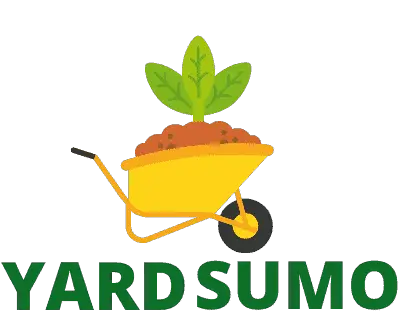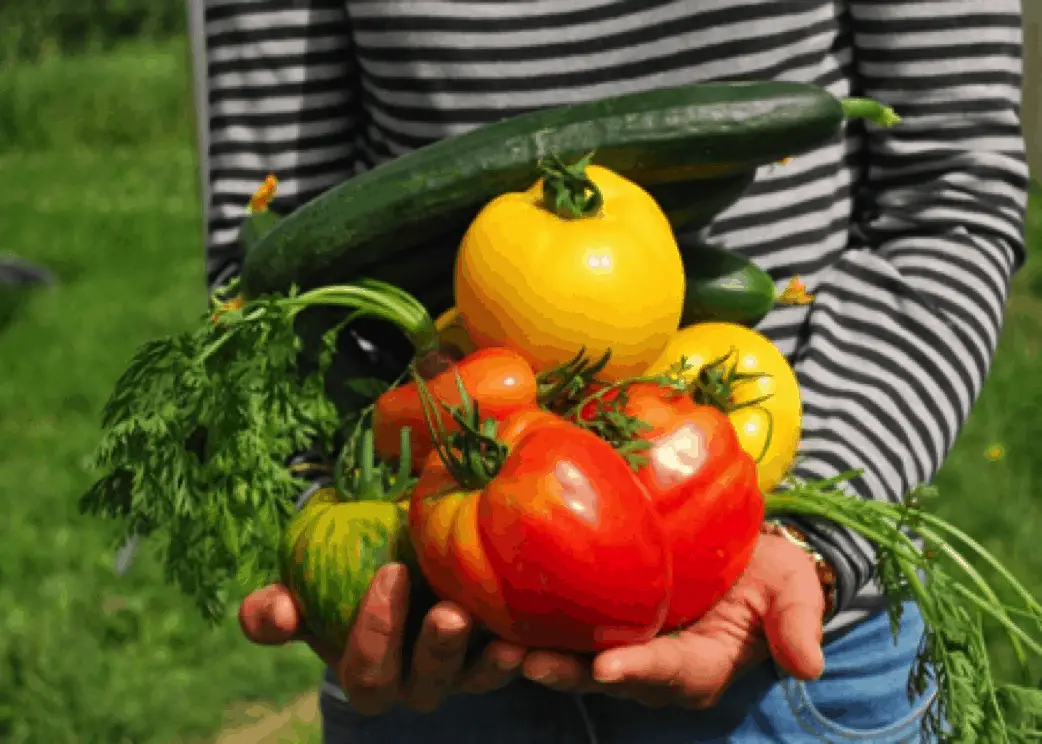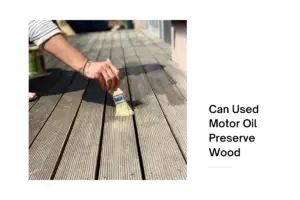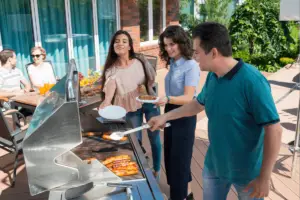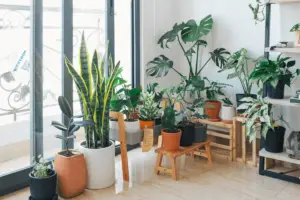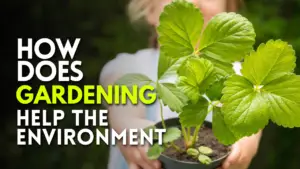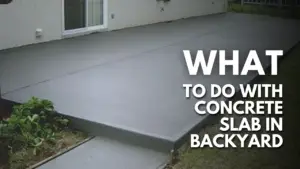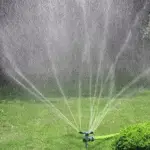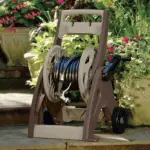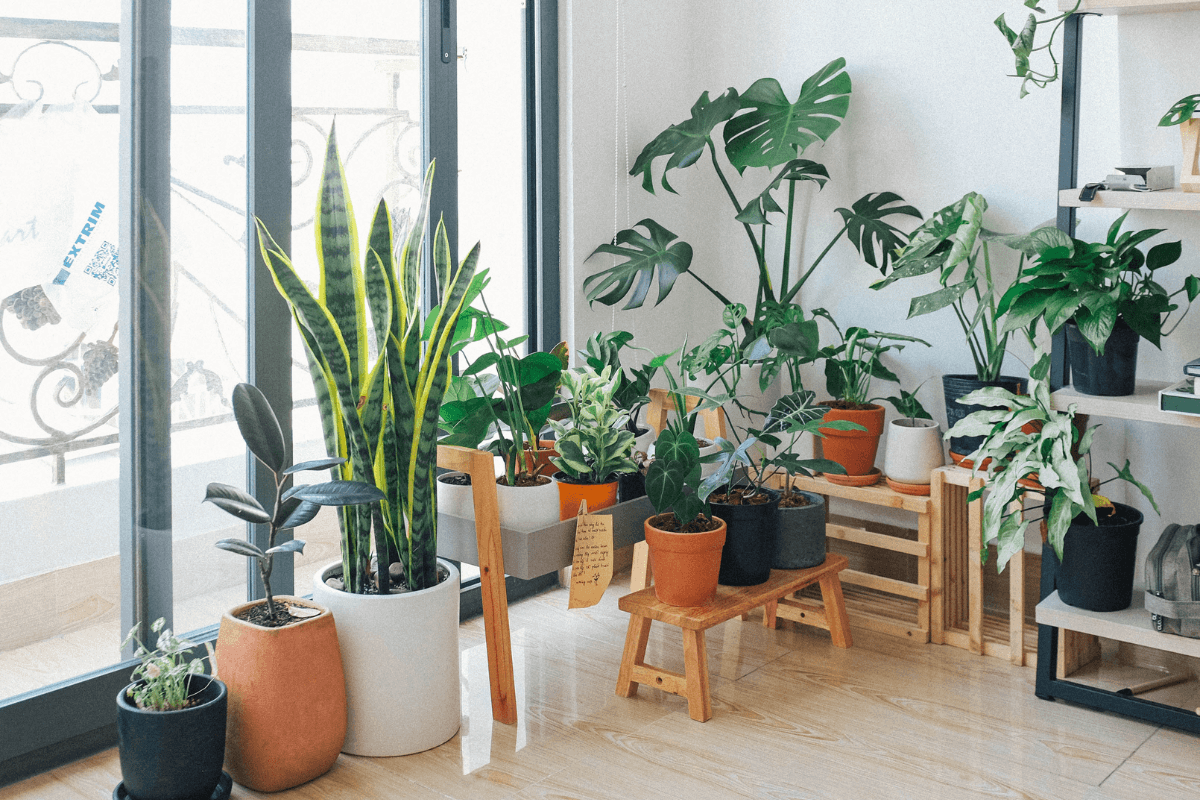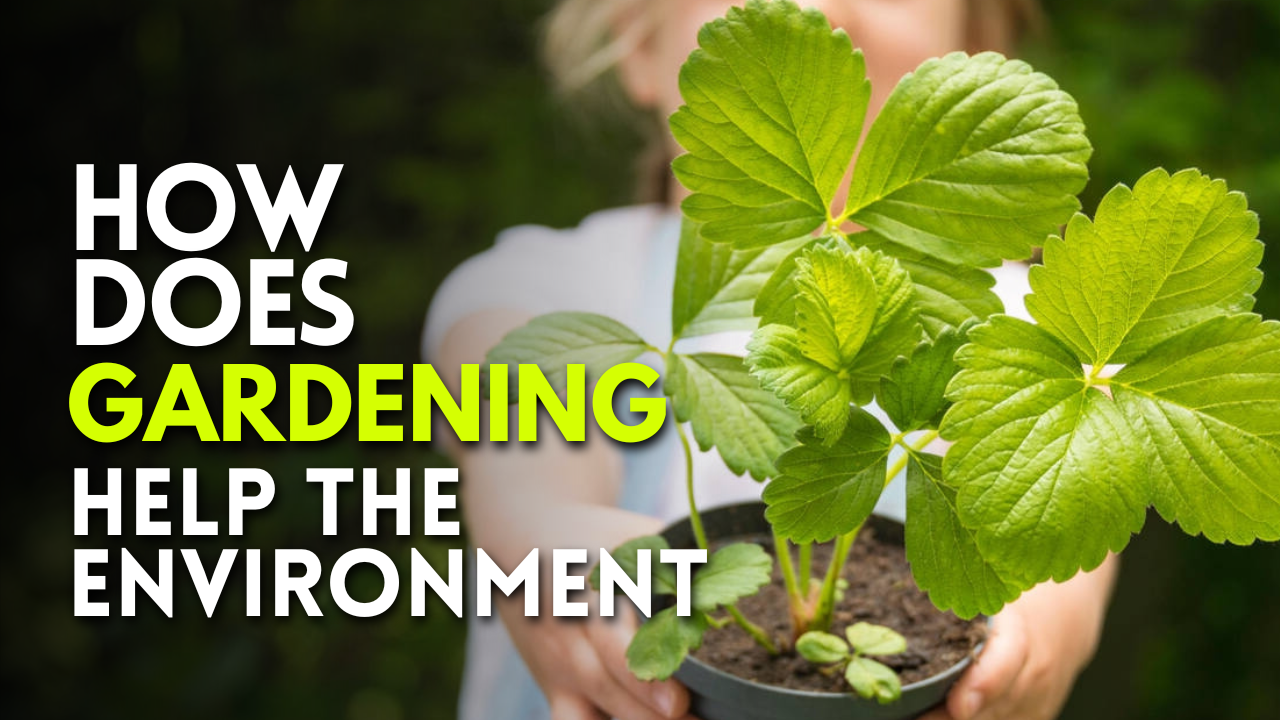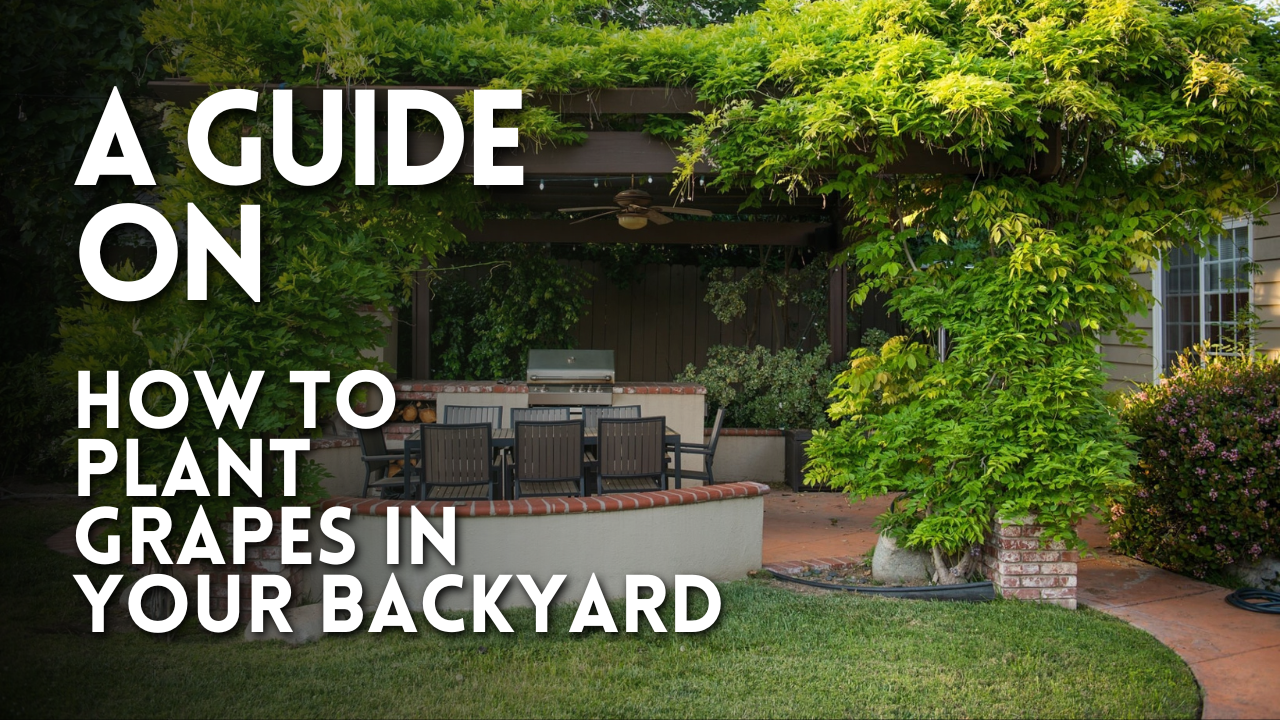TIPS ON HOW TO START A VEGETABLE GARDEN
Do you want to start a garden but do not know how to go about it? Then you are in the right place! This article will provide you with all the information you require to get started. From how to plan, how to plant, and even the best plants to begin with.
The secret to creating a successful garden is planning. You should know what you need to get started and keep going. Here are guidelines to kickstart your gardening journey.
* We may earn commission on some links without any extra cost to you *
Table of Content
Add a header to begin generating the table of contents
Plan Your Garden
You cannot start a project without a blueprint. It would be best if you had a well-crafted plan to guide you as you begin your journey as a gardener. The first thing you need to do is identify a location before you can proceed with anything else.
Here are 5 things you should think about before you embark on being a gardener.
1. Location
You should think about the place you would like to locate your garden before you start growing your crops. Factors that you need to consider as you choose the perfect spot are the amount of sunlight or shade your crops require, accessibility of your garden, and proximity to a source of water. Also, consider the physical space you live in, especially because of its growing zone and how it affects the types of plants you can grow. Let us take a more in-depth look at these factors:
2. Plan the Garden Beds
Once you choose a garden location, the next step should be planning the garden bed to suit you best. Garden beds are typically 3 to 4 feet wide and narrow enough so that you can reach the center from either side. When it comes to length, it should not exceed ten feet. This way, you will not be compelled to step into the garden bed, which may lead to the soil becoming compact. Since garden beds’ goal is to minimize walkways and maximize the growing area, it is advisable to arrange plants in a grid pattern or rows. There are three types of garden beds that you can choose from in-ground beds, containers, and raised beds.
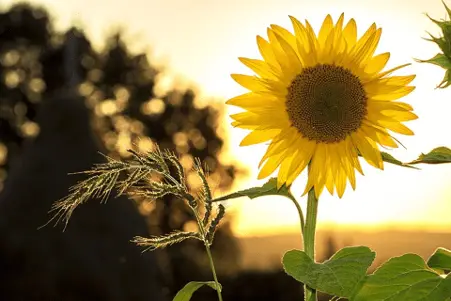
-
In-ground beds
These garden beds are dug directly into the ground and are on the same level as the ground surface. In-ground beds rely on the existing soil but can be improved using compost and fertilizers. They are typically three feet wide, which makes every part of the garden accessible to you.
-
Containers
These are garden beds with a bottom. They are perfect if you do not have a lot of space to spare for gardening. Planting containers should be made of materials that can withstand moisture and exposure to outdoor elements. Instead of soil, containers use a ‘light’ planting mix that consists of compost, coco pith, and horticultural sand.
-
Raised Garden Beds
Raised beds are the easiest to start and maintain and are highly recommended for beginners. They are space-economical and provide excellent products if well-tended. Just like container beds, you can substitute soil for a planting mix made up of organic materials. These beds can stand up to three feet tall, but you can elevate them according to your needs.
3. What Plants to Grow
You cannot start a garden if you do not know what you want to grow. A beginner gardener should try your hand at vegetables, fruits, and herbs that you and your family will enjoy consuming. The rule of thumb in gardening is if you can’t eat a crop, then do not grow it.
Of course, this is except for flowers if you decide to grow them. What you choose to plant will depend on many factors, though. For instance, you cannot plant giant pumpkins in a small garden as they are likely to take up too much space.
Also, the type of soil matters a lot because some plants do not do well in particular kinds of soils. For instance, if your soil is sandy or compacted, it would be unwise to grow fruits and vegetables on it. However, gardening 101 states that adding enough compost and organic material will fix this problem.
It is of great importance to also understand your area’s gardening zone so that you choose plants that will prosper in the given climatic region. It is advisable to consult experienced gardeners from your area to get insight into the types of plants that prosper in your zone.
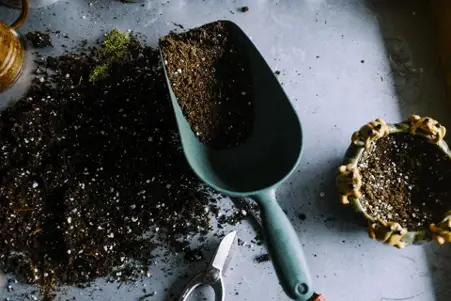
4. Gardening Tools
You cannot do gardening solely using your hands- it will be difficult, dangerous, and, eventually, kill your morale. Therefore, you should gather basic gardening tools that will make the task easier and more fun to do. Ensure that you buy the best quality tools that your budget can allow. Avoid cheap plastic tools if you can help it. Here are five basic gardening tools you should purchase:
Spade
- A spade is one of the most functional gardening tools for the many roles it is good for. It can be used to dig holes for plants, to move dirt from one place to another, for edging, and for lifting sod. Spades made with ash hardwood handles and steel heads are the most durable. Though it may be a little on the expensive side, a good spade will serve you for a long time, possibly your entire gardening life.
Rake
- In any garden, dead leaves and flowers tend to fall. Of course, you cannot leave them there- that is where a rake comes in. A rake will whisk the debris and collect them into a disposable pile. Rakes come in many styles and sizes, so it is best to choose what works best for you. Keep in mind that a steel rake will serve you longer than one made of plastic.
Garden hoe
- You cannot prepare a garden without a hoe. It is easily the most essential tool for gardening. Different hoes are suited for different types of gardens. A veggie garden and a garden of perennial crops will require different types of hoes. Still, ensure that the hoe is durable so that it serves you a long time.
Wheelbarrow
- Gardening involves lifting and transporting heavy material. It could be moving extra backyard soil or bringing compost and mulch into your garden. Either way, a wheelbarrow will help you haul a hundred pounds.
Gloves
- As much as gardening is enjoyable, it is crucial to protect your hands from dirt, thorns, and splinters. What to protect your hands better than a sturdy pair of gloves? A good pair of gloves should be well-fitting, water-resistant, and extended cuffs that will prevent the entry of soil and other substances.
Tool maintenance is important if the tools are going to last you a long time. Therefore, ensure they are clean, oiled, and properly stored at all times
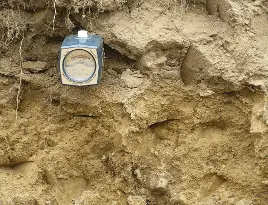
5. The pH of the Soil
The soil’s pH is an important factor to look at before you plant any crops. Normally, the pH of the soil is between 4.0 and 8.5. Most plants do well in a more neutral pH, anywhere between 6.5 and 7.0 because this is the pH that supports nutrients and minerals in the soil.
The pH refers to the level of acidity or alkalinity of the soil. When the pH level is below 7, the soil is acidic, and if it is above 7, the soil is alkaline.
To determine the pH of your soil, there are various pH-meters in the market that are extremely easy to use. Some of these kits also measure the moisture and availability of nutrients in the soil. Testing the soil early enough will give you ample time to adjust the pH to the required level.
If your soul is too alkaline, you can lower the pH by adding aluminum sulfate. If the soil is too acidic, raise the pH by adding lime or wood ash. These products are readily available in gardening stores and come with directions on how to use them and what proportions.
The Best Plants to Start Gardening With
When starting a garden, you should be open to the probability that things may not work out first. Fortunately, gardening is a learning process that allows you to make mistakes and do better the next time. Still, it is best to start simple so that it is easily manageable, and you can promptly notice what needs improvement. As such, you should not start with too many crops- ideally, start with eight to twelve. Here are ten plants that are easy to grow, have a good harvest yield, and will be beneficial to your garden as well:
Potatoes
- Plant these during the onset of spring, and you will have baby potatoes come summer. Then, leave the crop on the ground to continue producing through the fall season.
Radishes
- Radishes are some of the most gratifying crops to plant because of how fast they grow. You can plant them any time of the year and harvest them within a record thirty days! They are also good indicators of nutrient-deficient soil. When they start thinning out, you know it is time to add fertilizers and compost to your soil.
Tomatoes
- Tomatoes are easy to grow and require the simplest maintenance. They hardly require any pruning. However, they are determined; that is, they grow up to a certain height and produce many tomato fruits before they stop completely.
Onions
- The onion’s bulb part may not grow to full maturity, but the leafy parts make up for it as they are also edible. Besides, growing them does not require too much attention, which is great for a new gardener.
Peppers
- They do not require too much care or fertilizers to grow. Also, they do not get pest-infested too often—various pepper, such as the Italian-type sweet pepper and the hot peppers that are easiest to grow. Peppers add color to your garden when you allow them different rates of growth. It is recommendable to start peppers within six weeks of planting out.
Marigolds
- These cheery gold and yellow flowers are not only good for brightening up your garden. They are instrumental in keeping pests and rabbits at bay, as well as attracting insect pollinators.
Rosemary
- An evergreen shrub that is an aromatic herb with a sweet distinct flavor. It also produces a blue flower. You can start growing rosemary from cuttings and they are a hearty plant once established.
Basil
- Basil is one of the easiest herbs to grow. All you need to do is ensure that the garden soil is up to 60 degrees warm before planting. Only start harvesting individual leaves when the plant is at least eight inches long. When it grows to a foot tall, you can start pruning it.
Summer Squash
- Of all squash varieties, the summer squash is the easiest to grow. All you’ve got to do is sow two to three seeds directly into the ground, keep them watered, and frequently check for ripe fruit.
Eggplants
- These crops do well in any garden bed provided there is adequate access to sunlight.
Scallions
- When you sow the seeds and keep them watered, they will be ready to harvest in roughly sixty days. Loosen the soil using a garden fork now and then for the best results. They can also be left to grow in the garden for an extended period.
Garden Planters for Children
Gardening is more than just an activity to produce food. It is also known to be therapeutic and is particularly helpful for people with depression and anxiety. More than that, it has a myriad of advantages for children. On top of keeping them busy and teaching them to be responsible, it stimulates growth, especially cognitive growth.
It also boosts their creativity as they learn or develop new ways of taking care of their little gardens. Now, garden beds can be too big and overwhelming for a child to take care of, hence, garden planters. Essentially, a garden planter for children is a small version of a garden bed.
For a miniature raised garden bed, a standard one measures 2 by 3 feet and just tall enough for a child to attend to the crops without straining.
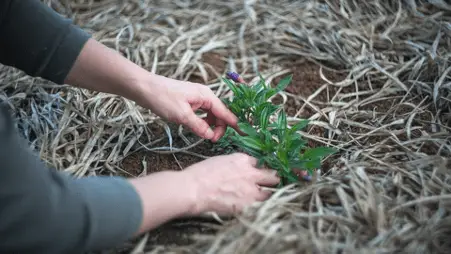
How to Plant
Most people sow their seeds during winter so that by the time the weather warms up; they will be having a healthy seedling ready for transplanting. That is a smart strategy. When sowing, place two to three seeds in a seedling pot since germination is not always 100% guaranteed.
The more the seeds, the higher the chances of germination. Ensure that the pots have a reliable drainage system so that the seeds do not drown in water. It is also advisable to use a mixture of peat and vermiculite instead of potting soil, which should be 60 to 70 degrees during the sowing process.
Most importantly, provide a constant supply of water and light to your seeds so that they germinate successfully.
When the seedling is ready, hold off transplanting until the danger of frost passes. Once the temperatures are right, dig out a hole that is twice the seedling pot’s size. Ensure that there is enough space between the holes when the plants grow bigger.
Remove the seedlings from the pots cautiously and gently transfer them to the holes, covering the roots completely with soil. Continue to water the plants and provide care as they grow for maximum fruition.
Taking Care of Plants
Once you have planted the seedlings, it is important to keep taking good care of the plants, especially if you anticipate a bountiful harvest. However, do not fret. Most plants will not require too much attention from you as they are highly self-reliant.
Still, there are things that you will have to do so that your garden turns out well- watering, weeding, and adding fertilizer.
Watering
The nourishment and survival of plants are next to impossible without water. Water is instrumental in transporting nutrients and minerals from the soil to all parts of the plant’s body. Younger plants need to be watered more often since their roots are not long enough to reach deep into the soil.
It is ideal for watering your plants in the morning so that they have enough moisture through the day to carry out photosynthesis, a process through which plants make their food by converting energy from sunlight.
Weeding
Unwanted plants will always germinate in your garden, so you always have to stay on top of your game. When you have created a conducive environment for your plants, it follows that weeds can thrive in there as well. Therefore, weeding should be done as soon as you spot any unwanted crops.
Left too long, they can intertwine with the good plants leading to destruction and reduced production. Be careful not to accidentally pull out or damage your plants, especially if using a tool to weed. The most effective way to prevent weeds from emerging is by spreading mulch, an inch or two thick, all over your garden.
Fertilizers
Applying fertilizers to your soil causes an exponential boost for your plants to grow and produce. A 10-10-10 fertilizer is efficient, especially for newly transplanted seedlings, as it strengthens their roots much faster.
A 10-10-10 fertilizer contains equal proportions of nitrogen, phosphorous, and potassium, building blocks for plants. Compost is a good organic alternative to chemical fertilizers.
Additional Tips for a New Gardener
Gardening is fun and relaxing but can get stressful and exhaustive if you bite more than you can chew. As a beginner, it is important that you start small. Get a small garden bed that can accommodate various crops that are easy to grow and maintain.
This way, you will be in control of the situation- you will notice problems in good time, and consequently, your harvest will be impressive. As you progress with your gardening journey, you will become more knowledgeable and, as a result, able to manage a bigger garden with a more extensive variety of crops.
Conclusion
With the information in this article, you should be able to embark on your gardening journey successfully. Whether you settle for containers, in-ground beds, or raised beds, remember to choose the right plants and provide adequate care for your plants. Have fun gardening!
